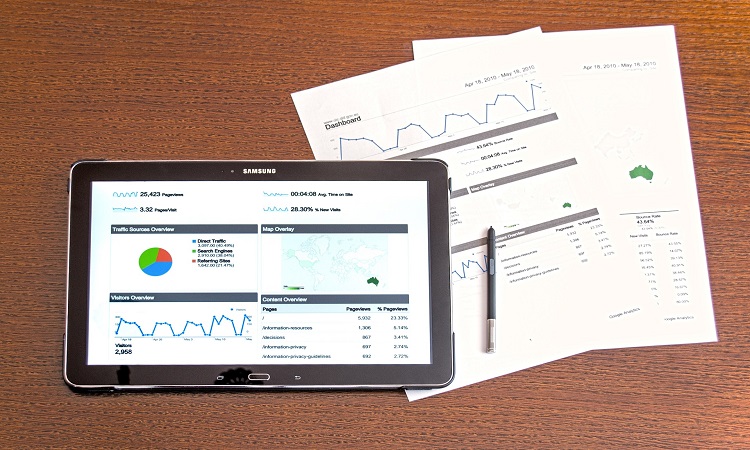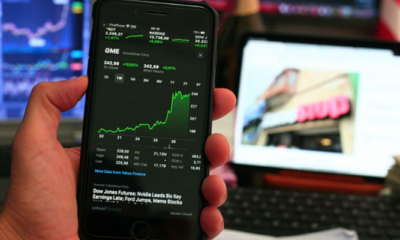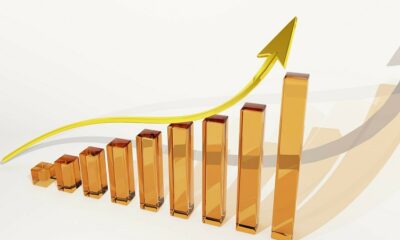Trading News
Trading in Financial Markets

Financial trading is the buying and selling of financial instruments like stocks, bonds, securities, futures, currencies, and derivative instruments in the form of contracts, options, forward contracts, swap agreements, and warrants. A trader is generally a private individual or entity, in forex trading, who purchases and sells financial instruments including stocks, treasury bills, debt instruments, and mutual funds in his capacity as a broker, investor, arbitrageur, forward contract purchaser, or speculator. The major types of financial trading are buy-sell (forward) contracts, put-buy (put), option, futures, and foreign exchange. Forex is one of the largest financial markets in the world. The largest financial transaction took place in September 2021 when the bank of America started to trade forex for their customers.
Trading of any financial instrument depends on certain factors such as the supply and demand, time period, amount of capital, risk appetite, and a lot more. In any kind of business, a trader tries to identify the opportunity that gives him an advantage and then use it to earn a profit. The best way to identify the opportunity is to trade in the stock market, but there are various different aspects in the stock market that can be exploited by a trader. Since the stock market is open all day and night, almost every kind of opportunity can be seized by a trader. One of the most popular methods of trading is day trading where a trader buys a stock at a low price and then sell it at a higher price the following day.
Another type of trading is technical analysis. Technical analysis is a type of study, which uses historical data and current trends to forecast future trends and patterns of prices. Forex traders can make use of technical analysis to analyze the trends and movements of the price of a particular security or portfolio of securities. The technical analysis gives insight into the trends of the price movement of security through the charts and tables available with the trading software. Some of the most popular technical analysis tools used by most of the day traders are the moving average convergence or MACD, moving average convergence divergence or MACD, and the moving average trend line. Traders also make use of other technical analysis tools like the simple moving average Convergence Divergence or SACD and the simple moving average trend line.
Investing in the financial markets can be very risky for investors if they do not have proper knowledge about the market. A lot of investors prefer to invest in short term options and futures for their day trading needs. For better results in trading in the short term period, traders need to learn more about the market and the risks involved. The beginners can get help from the financial experts who provide a lot of information on the financial markets, including the basics of the investment, risk management, investment strategy and returns expectations. These professionals help the investors to understand the various investment options available in the market, the returns expected, the time period for the return of the invested amount, and the investment goals. Most of the educational institutes offer courses in day trading.
Day trading is also becoming popular among investors, as it involves fewer risks. However, this form of trading requires a lot of concentration and hard work. Traders have to take an aggressive approach to the trades. They have to be disciplined to make day trading successful.
Day traders often face many technical analysis challenges, as the markets are highly volatile and stocks often move very quickly. In addition, many of the technical analyses, which the traders apply in their trades, require the traders to follow certain patterns. For example, most stock traders use breakouts as an important part of their analysis. They try to predict when the stock prices will breakout and move up. Similarly, most technical analysts prefer to follow the pattern of the currency trading market and adopt a stop-loss strategy, which they believe will stop the price loss at a particular level.

























